Remember when shopping for clothes meant strolling down Main Street instead of wandering through endless mall corridors? Before the shopping mall boom of the 1970s and 1980s, Americans experienced retail therapy in a completely different way. The 1960s represented the final decade of the old-school shopping experience, where personal service and community connections still defined how we dressed ourselves.
1. Department Stores Were the Crown Jewels of Downtown
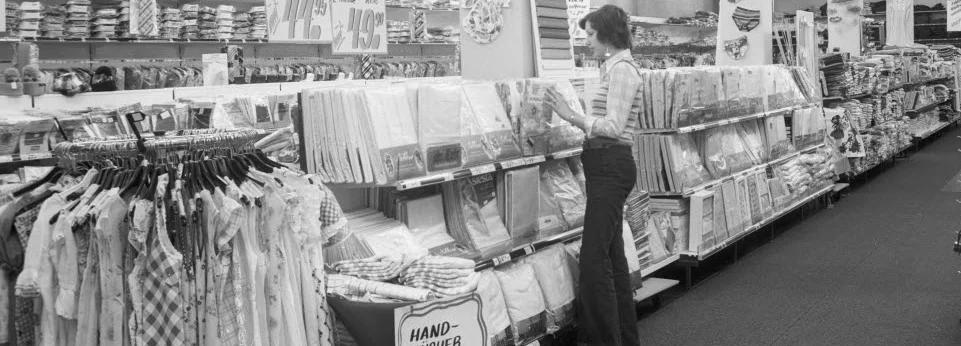
Every respectable city had at least one grand department store anchoring its downtown shopping district. Names like Macy’s, Hudson’s, Marshall Field’s, and Wanamaker’s were more than just stores—they were local institutions where generations of families had shopped. These multi-story palaces of commerce featured ornate architecture, uniformed elevator operators who announced each floor’s departments, and sometimes even elegant tea rooms where shoppers could rest their feet. BBC throws open the doors to the full history of the department store, tracing its impact on culture along the way.
The shopping experience was markedly more formal than today, with most shoppers dressing up for the occasion rather than wearing casual attire. Sales clerks knew their regular customers by name and often kept cards noting their sizes and preferences to provide personalized service. During special sales or holiday shopping seasons, these stores transformed into magical destinations with elaborate window displays and decorations that drew crowds from miles around.
2. Downtown Was the Only “Shopping District” You Needed

Before suburban sprawl, downtown areas concentrated virtually all retail options in a walkable area spanning just a few blocks. Shoppers could visit the department store, then stroll to specialty shops selling shoes, hats, fabrics, or jewelry—all within a short distance. Lunch counters and small restaurants punctuated the shopping district, offering affordable places to refuel before continuing the day’s shopping expedition. WEDC lists all the ideal traits to classify a positively thriving downtown space.
Downtown shopping districts fostered a sense of community as neighbors inevitably ran into each other while browsing the latest fashions. Saturday shopping trips downtown were often family affairs, with parents bringing children who might be rewarded with a visit to the toy department or a treat from the five-and-dime if they behaved well. The streets bustled with activity, especially during weekend afternoons when families completed their weekly shopping, creating a vibrant atmosphere that’s rarely matched in today’s retail environments.
3. Fashion Boutiques Brought European Flair to Local Scenes
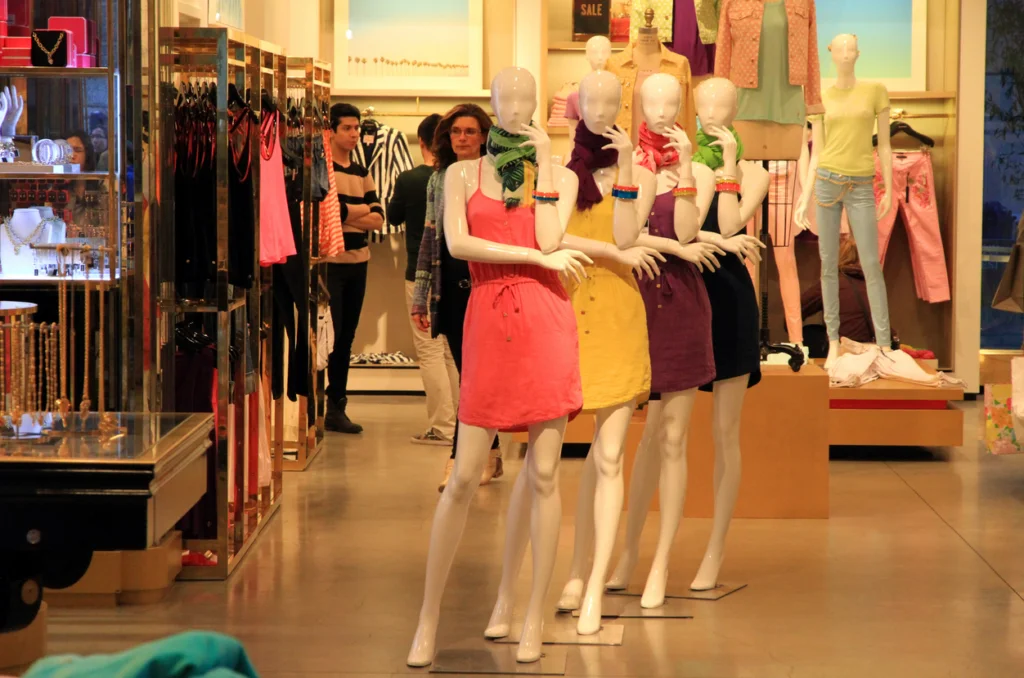
The 1960s saw the rise of independent fashion boutiques that catered to the younger generation’s appetite for mod styles and fashion rebellion. These small, trendy shops often played music, featured psychedelic interiors, and carried the latest looks inspired by Carnaby Street in London or the fashion houses of Paris. Young women eager to emulate the styles of fashion icons like Twiggy or Jackie Kennedy flocked to these boutiques for mini-skirts, go-go boots, and other items too avant-garde for traditional department stores. Forbes suggests that independent retail presents a market that clothing brands could tap into.
Boutique owners often traveled to New York or even Europe to hand-select merchandise, bringing back limited quantities that ensured customers wouldn’t see their outfits duplicated all over town. The personal connection between boutique owners and customers created a shopping experience that felt exclusive and exciting. These shops became gathering places for fashion-forward individuals, particularly as the Youth Quake movement gained momentum throughout the decade.
4. Five-and-Dimes Offered Affordable Fashion for Everyone
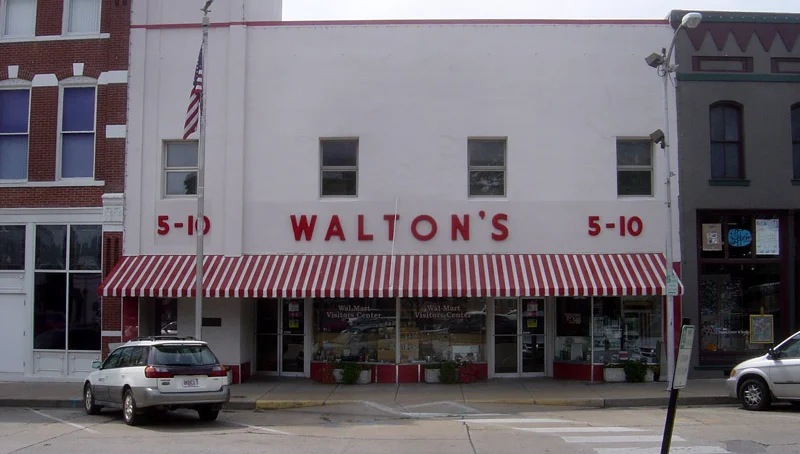
Stores like Woolworth’s, Kresge’s, and W.T. Grant offered budget-friendly clothing options that made fashion accessible to all income levels. These five-and-dime stores sold everything from children’s school clothes to women’s everyday dresses at prices that working-class families could afford. The merchandise might not have been cutting-edge fashion, but it was practical, durable, and allowed families to dress well within their means.
The democratic atmosphere of five-and-dimes welcomed everyone from housewives to teenagers looking for affordable accessories. Most locations featured long counters with stools where shoppers could enjoy simple meals or ice cream sodas while taking a break from browsing the merchandise. Many Americans have fond memories of selecting Back-to-School clothes at these establishments, where parents could outfit several children without breaking the bank.
5. Dressmakers and Tailors Offered Custom Alternatives
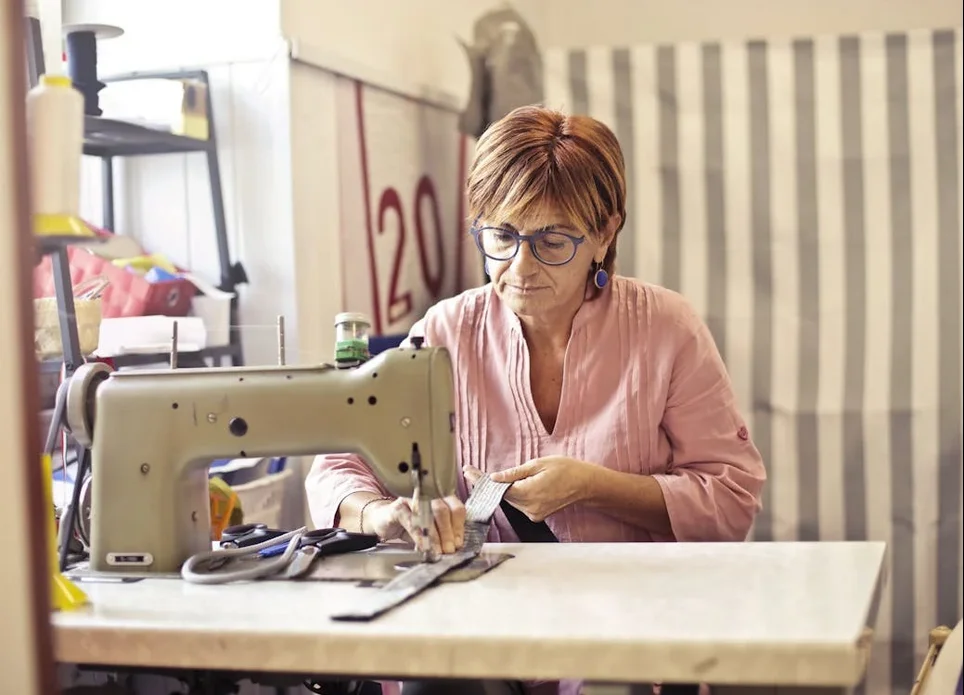
Many women still relied on home sewing or local dressmakers to create significant portions of their wardrobes in the 1960s. Fabric stores like Singer and local textile shops offered patterns from companies like Butterick, McCall’s, and Simplicity that allowed home sewers to replicate designer fashions at a fraction of the cost. Women would select fabrics, notions, and patterns, then either sew garments themselves or take their materials to neighborhood dressmakers who would create custom-fitted clothing.
Men’s suits and formal attire were often purchased from dedicated menswear shops where personal service and proper fitting were paramount. A good relationship with a local tailor meant having clothes that fit perfectly and could be altered as fashions or waistlines changed. This personalized approach to clothing creation fostered deeper connections between consumers and clothing that’s rarely experienced in today’s world of mass-produced fashion.
6. Mail Order Catalogs Brought Fashion to Rural America

For Americans living in rural areas far from shopping districts, the Sears, Roebuck & Co. or Montgomery Ward catalogs were lifelines to the fashion world. These massive catalogs—often referred to as “wish books”—contained hundreds of pages of clothing options for the entire family, along with detailed sizing guides and fabric swatches. Rural families would gather around these catalogs, circling desired items and placing orders that would arrive by mail weeks later.
The arrival of seasonal catalogs was an event in itself, offering the first glimpse of new styles and trends to those far from urban centers. Clothing ordered through catalogs wasn’t just for everyday wear—many women ordered wedding dresses, men purchased suits, and families selected their Easter outfits from these pages. The anticipation of waiting for packages to arrive added excitement to the shopping experience that’s somewhat akin to today’s online shopping, albeit at a much slower pace.
7. Shoe Shopping Was a Dedicated, Measured Experience

Shoe stores in the 1960s offered a level of service that would astonish today’s shoppers accustomed to self-service footwear departments. Stores like Thom McAn and Buster Brown employed trained salespeople who measured feet with metal devices and brought multiple options from the stockroom for customers to try. Children were often treated to a special experience at dedicated children’s shoe stores where their feet were x-rayed using fluoroscope machines (before the radiation risks were fully understood) to ensure proper fit.
Shoes were considered investments rather than fashion accessories to be replaced each season, and quality materials and construction were emphasized in sales pitches. Salespeople would demonstrate proper care techniques and often sold polishes, waterproofing sprays, and other maintenance products alongside the footwear. The relationship between a good shoe salesperson and loyal customers could span decades, with the salesperson remembering preferences and consistently recommending suitable styles.
8. Shopping on Credit Meant Personal Relationships With Stores
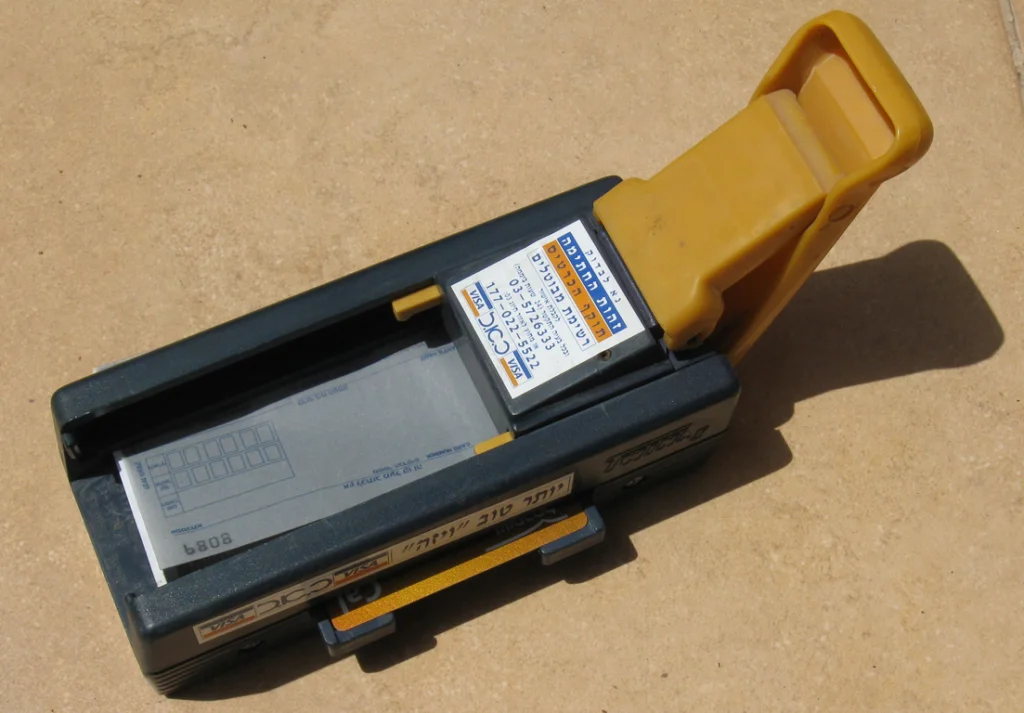
Before credit cards became commonplace, many stores offered their own charge accounts that required establishing personal relationships with the business. Department stores issued their own credit cards or maintained house accounts where customers could charge purchases to be paid monthly. Store managers often made personal judgments about creditworthiness based on reputation in the community rather than impersonal credit scores.
The personal nature of credit arrangements meant stores were more willing to work with customers during financial difficulties, sometimes allowing extended payment plans during hard times. Teenagers could often shop using their parents’ accounts, with the bill going directly to the parents—an arrangement that provided young people shopping independence while keeping parents informed of purchases. Many families shopped exclusively at stores where they had established credit, building loyalty that lasted for generations.
9. Seasonal Sales Were Genuine Events
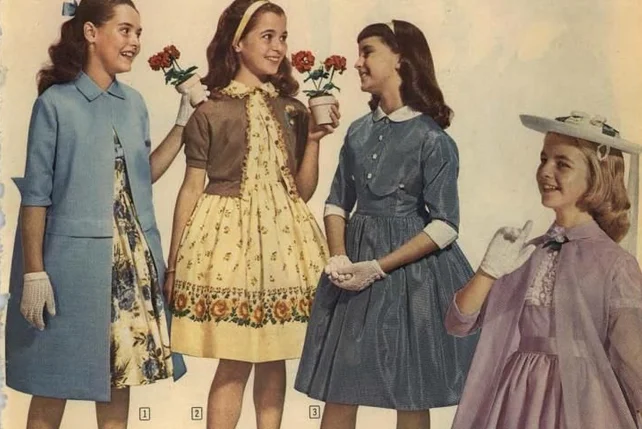
Before perpetual discounting became the norm, seasonal sales in the 1960s were highly anticipated events that shoppers marked on their calendars months in advance. January white sales, back-to-school specials, and post-Christmas clearances were legitimate opportunities to purchase quality merchandise at substantial savings, not marketing gimmicks. Shoppers would line up before stores opened on the first day of major sales, often having scoped out desired items during previous visits and returning specifically to purchase them at reduced prices.
The limited nature of these sales created a sense of excitement and urgency that’s difficult to imagine in today’s constant-sale retail environment. Newspaper advertisements announcing upcoming sales were carefully studied and clipped, with families planning shopping strategies to secure the best items before they sold out. The satisfaction of finding a quality garment at a fraction of its regular price became a story worth sharing with friends, a shopping triumph that reinforced one’s consumer savvy in a way that today’s algorithmic “personalized deals” simply cannot match.
10. Clothing Purchases Were Social Occasions
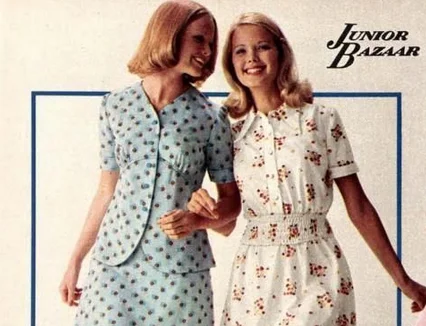
Shopping for important clothing items in the 1960s was rarely a solitary activity but instead became a social event involving family members or friends who provided opinions and moral support. Mothers and daughters shopped together for prom dresses, wedding gowns, and other milestone garments, turning these excursions into bonding experiences that created lifelong memories. Even everyday clothing shopping often involved bringing along a trusted friend whose honest opinion about fit and style was valued more than any salesperson’s inevitably positive assessment.
The social nature of shopping reinforced community connections and turned what could have been mundane errands into meaningful interactions. Trying on clothes in cramped dressing rooms with friends offering opinions through the curtain created an atmosphere of intimacy and trust rarely found in modern retail experiences. The post-shopping ritual of showing off new purchases to family members at home, often with an impromptu fashion show, celebrated these acquisitions in a way that clicking “buy now” on a website simply cannot replicate.
In an era before online shopping, fast fashion, and massive shopping complexes, clothing purchases involved personal connections, community interactions, and shopping experiences that engaged all the senses. While we’ve gained convenience and endless options in our modern retail landscape, many baby boomers look back fondly on the more intimate, service-oriented shopping world of the 1960s. Those days before malls dominated American retail offered fewer options but deeper connections—a trade-off many who experienced it firsthand still miss today.


